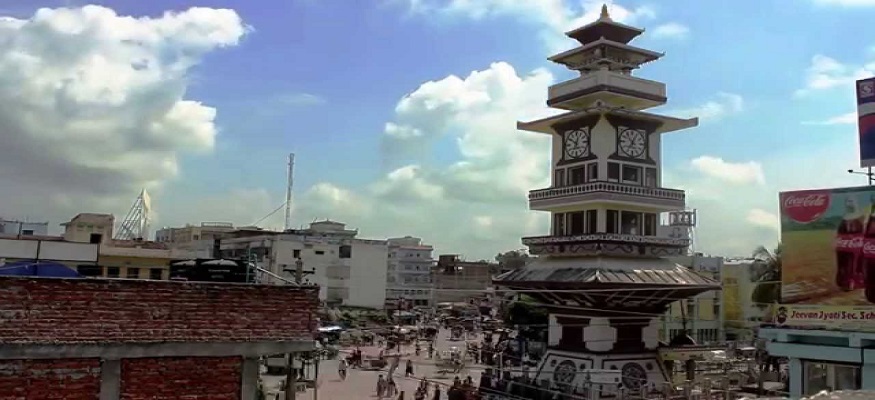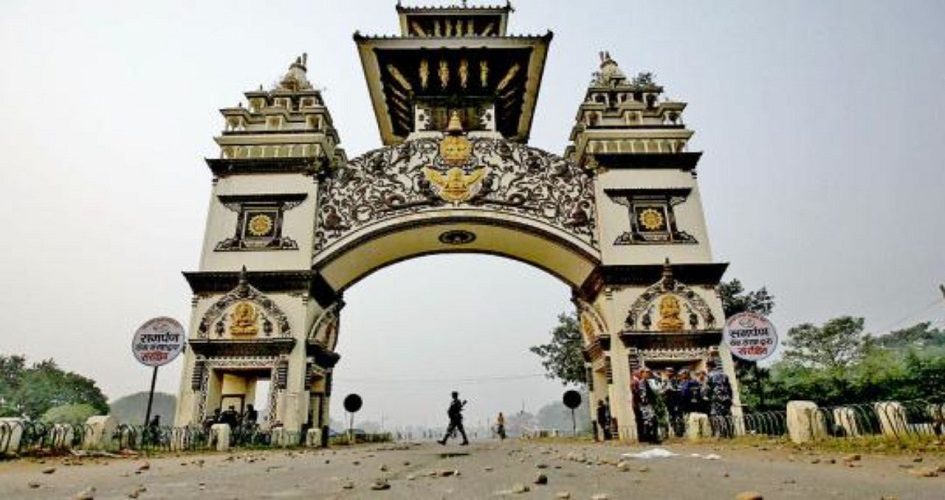Birgunj is a border town and sub-metropolitan city in the Parsa District of Nepal's Narayani Zone. It is located 183 kilometres (114 miles) south of Kathmandu and to the north of the Indian state of Bihar's border. It is regarded as the "gateway to Nepal" since it serves as an entry point to Nepal from Patna and Kolkata.
Because most of Nepal's commerce with India passes through Birgunj and the Indian town of Raxaul, the city is economically vital. Birgunj is connected to Nepal's capital, Kathmandu, by the Tribhuvan Highway.
How Did Birgunj Get Its Name?
Birgunj sprang up around Gahawa Mai Temple as a conglomeration of numerous settlements. Gahawai Mai Temple is still the town's focal point. The city was given the name Birgunj in honour of Rana Prime Minister Bir Shamsher.
History of Birgunj
Ancient
Birgunj was created in 1897 by Bir Shamsher Jang Bahadur Rana, the 3rd Rana Prime Minister. Gahawa was the ancient name for this place. A substantial majority of individuals are of Indian descent, having moved mainly from Bihar and Rajasthan during a 50-200 year span.
Modern
The Nepalese parliament declared Nepal to be a secular state on May 18, 2006. Hindu fundamentalist organizations in Nepal erupted in protest, and the town of Birgunj was forced to close for two days.
Due to a disagreement between the Madhesi parties and the Nepalese government, the border has been closed for several months. After PM K.P. Oli spoke with Madhesi Leader Rajendra Mahato over the phone, the blockage was lifted on February 5, 2016, after 135 days. On that day, 50 shipments arrived.
Transportation in Birgunj
Birgunj was created to serve as the most direct link between Nepal's capital, Kathmandu, and India. The Nepal Government Railway (NGR) connected Birgunj to Raxaul station in Bihar, located on the Indian side of the border. The railway was extended north to Amlekhganj, Nepal, for 47 kilometres (29 miles). The British built it in 1927, but it was decommissioned after Birgunj in December 1965.
Trains
The Satyagrah Express to Delhi, Lokmanya Tilak express to Mumbai, Mithila Express to Kolkata, and HYD-RXL express Hyderabad are among the trains that travel from Raxaul station (next to Birgunj) and Sugauli station (17 miles from Raxaul).
Birgunj enjoys direct access to critical Indian cities such as Patna, Varanasi, Allahabad, New Delhi, Kolkata, Bhopal, Mumbai, Gorakhpur, Hyderabad, Amritsar, Guwahati, Lucknow, Ranchi, Kanpur, Raipur, Nagpur, and so on.
Aeroplane
Simara is the closest airport to Birgunj (9 miles). Flights between Kathmandu and Simara are available regularly. At Nijgadh, Nepal's second international airport is being built (22 miles). After completed, this will connect Birgunj to Kathmandu through the "Fasttrack" highway. This should cut travel times between the capital and Birgunj, the commercial capital.
Buses
Kathmandu, Kakarvitta, Pokhara, Patan, Dhangadhi, Bhaktapur, Biratnagar, Dharan, Janakpur, Butwal, Nepalgunj, Bhairahawa(Lumbini), Bharatpur(Chitwan), and other important cities and towns in Nepal have frequent bus services.
Local bus services provide mobility both within and outside of the city. The most luxury bus services in Nepal are the night buses from Birgunj to Kathmandu.
Tanga
The Madheshi people's traditional means of transportation has been horse-drawn carts known as Tanga. It is still used as a mode of transport between Birgunj and its sister city Raxaul today.
Freight
Two years after Indian railroads upgraded the track to Raxaul within India to broad gauge, the 6 km (3.7 mi) railway route from Raxaul to Birgunj was converted to broad gauge. Raxaul now has a wide gauge railway connection connecting it to the Sirsiya (Birgunj) Inland Container Depot (ICD), which opened in 2005.
Because of its socio-economic importance, talks have been undertaken to revive the railway route from Amlekhganj to Birgunj by converting it to broad gauge.
The Birgunj dry port, the main terminal for surface freight delivery to Nepal, is used to carry goods to and from India. This freight point in the south connects Kathmandu, the country's capital, with Hetauda, another important industrial hub.
The Tribhuvan Highway, which runs from the Indian border at Raxaul to Kathmandu through Birgunj and Hetauda, is also well-served by buses. Simara Airport in Pipara Simara, Bara district, lies 9 miles (14 kilometres) north of the highway and serves regular flights to Kathmandu.
The boundaries between Nepal and India is open, with no limitations on citizens' mobility. For the flow of products and third-country nationals, there is a customs checkpoint.
Culture of Birgunj
Birgunj is evenly divided between Hindus and Muslims. Birgunj celebrates significant holidays such as Chhath, Dipawali, and Eid. Buddhists make up a small percentage of Birgunj's religious variety.
As a result, Buddha Jayanti is observed across the city. This city's culture includes not just religious variety but also ethnic diversity. The Madheshi ethnic group, which comprises castes such as Gupta, Yadav, Shah, Mahato, Muslim, and others, makes up most of the population.















